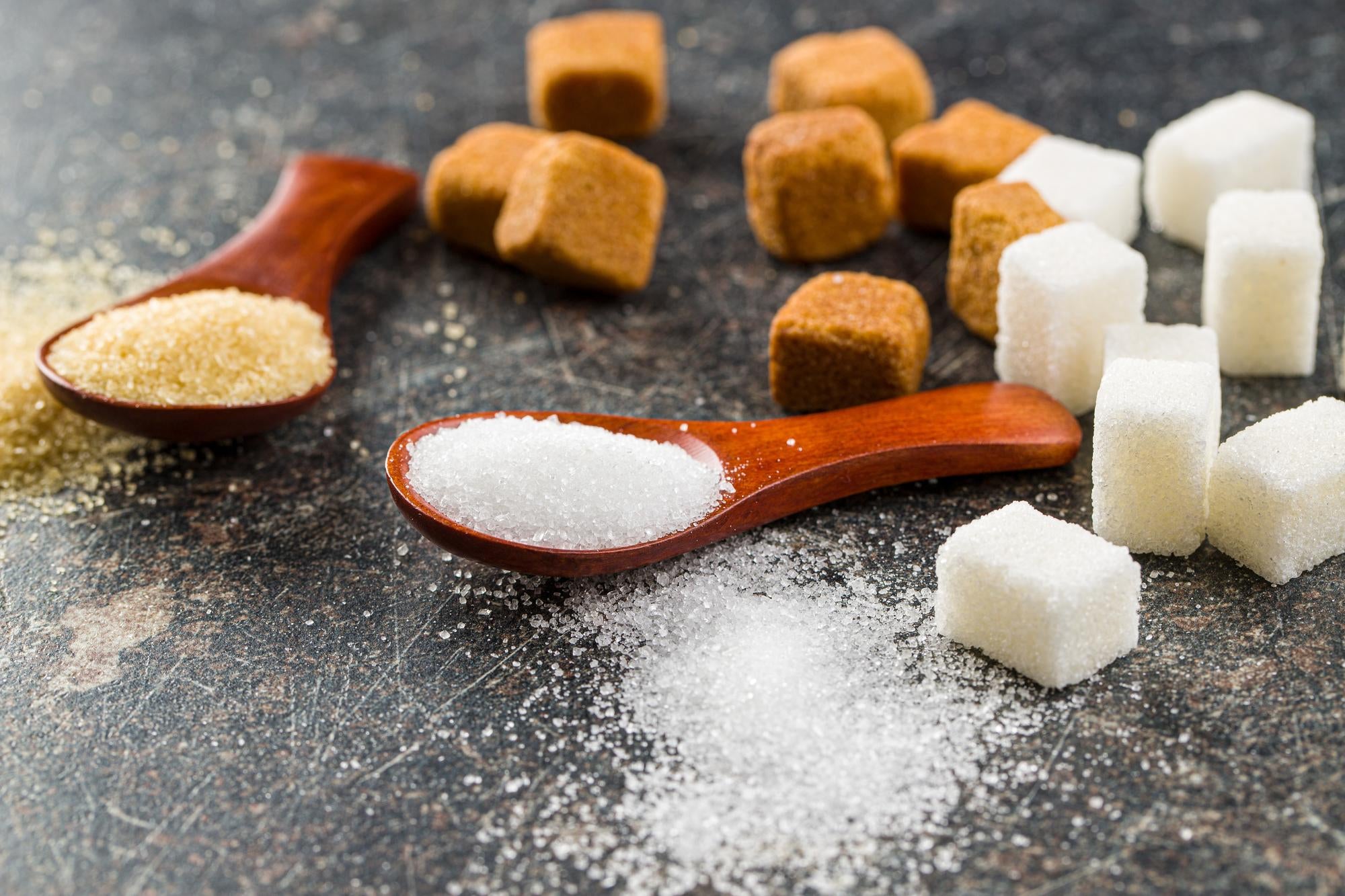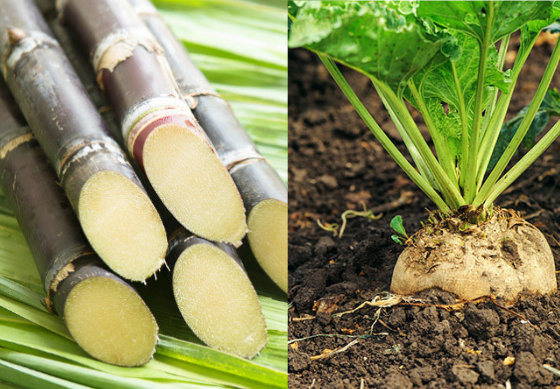Discover the Uses and Advantages of Beet Sugar Vs Cane Sugar in Your Daily Diet Plan
Exploring the unique qualities of beet and cane sugar discloses even more than simply their sweetening capacities; it highlights their special impacts on health and wellness and culinary arts. Beet sugar, understood for its subtle flavor, is usually preferred in delicate treats, whereas cane sugar, with its tip of molasses, includes splendor to durable recipes. Each type holds its very own nutritional profile and glycemic ramifications, inviting a much deeper understanding of their roles in a balanced diet and lasting intake methods.
Origin and Production Processes of Beet and Cane Sugar

The distinct climates and soil kinds required for expanding sugar beets and sugarcane add to differences in their cultivation practices and geographic circulation, influencing the economics and sustainability of their manufacturing. beet sugar vs cane sugar.
Nutritional Comparison In Between Beet Sugar and Cane Sugar
In spite of stemming from various plants, beet sugar and cane sugar are nutritionally very similar, both mainly containing sucrose. Each supplies about 4 calories per gram, equating to about 16 calories per tsp. Structurally, both sugars are composed of roughly 99.95% sucrose, with very little amounts of other compounds like moisture and trace element, which do not considerably change their dietary accounts.

Ultimately, when picking between beet sugar and cane sugar based on dietary content alone, both deal similar benefits and disadvantages as they are essentially types of the very same particle-- sucrose, giving fast energy without other nutrients.
Influence On Wellness: Glycemic Index and Caloric Content
Discovering even more right into the effects of beet sugar and cane sugar on health, it is very important to consider their glycemic index and calorie content. Both sugars are identified as sucrose, which contains sugar and fructose. This make-up leads them to have a comparable influence on blood glucose degrees. The glycemic index (GI) of both beet and cane sugar is around 65, categorizing them as high-GI foods, which can cause quick spikes in blood sugar levels. This is a crucial aspect for people managing diabetic issues or those attempting to support their power degrees throughout the day.
Each sort of sugar includes around 4 calories per gram, making their caloric content equivalent. For those keeping an eye on caloric intake, specifically when taking care of weight or metabolic health conditions, understanding this equivalence is crucial (beet sugar vs cane sugar). However, too much consumption of any high-calorie, high-GI food can contribute to wellness concerns such as weight problems, cardiovascular disease, and insulin resistance.
Environmental and Economic Considerations of Sugar Manufacturing
Beyond health and wellness influences, the manufacturing of beet and cane sugar likewise raises considerable ecological and financial concerns. Sugar beet farming often tends to require cooler climates and has a lower geographical impact compared to sugar cane, which grows in tropical areas. Nevertheless, both crops are extensive in terms of water usage and land occupation, potentially resulting in logging and water shortage. Economically, the global sugar market is extremely volatile, affected by changes in worldwide profession plans and subsidies. Several countries incentivize sugar manufacturing through financial backing, skewing market prices and influencing small-scale farmers negatively.
Additionally, using chemicals and fertilizers in both beet and click for source cane sugar growing can cause dirt degradation and air pollution, additional influencing biodiversity and neighborhood water bodies (beet sugar vs cane sugar). The selection between growing sugar beet or cane often rests on regional ecological conditions and economic elements, making the sustainability of sugar production a complicated problem
Culinary Applications and Taste Differences
While the ecological and economic aspects of sugar production are indeed substantial, the option between beet and cane sugar likewise affects cooking applications and flavor accounts. Beet sugar, obtained from the sugar beet plant, is recognized for its remarkably neutral taste.
Cane sugar, removed from sugarcane, commonly keeps Your Domain Name molasses traces, which impart a distinct splendor and deepness. The minor variant in wetness web content between beet and cane sugar can impact the appearance and consistency of meals, making cane sugar a favored selection for details recipes that benefit from its unique residential or commercial properties.

Verdict
In verdict, both beet and cane sugar have unique beginnings and production procedures, providing similar nutritional profiles with mild differences in sodium content and taste. While their influence on health, specifically pertaining to glycemic index and calories, is comparable, the choice between them typically steams down to environmental, economic elements, and details culinary requirements. Understanding these facets can assist consumers in making educated choices that line up with their wellness goals check and taste choices.